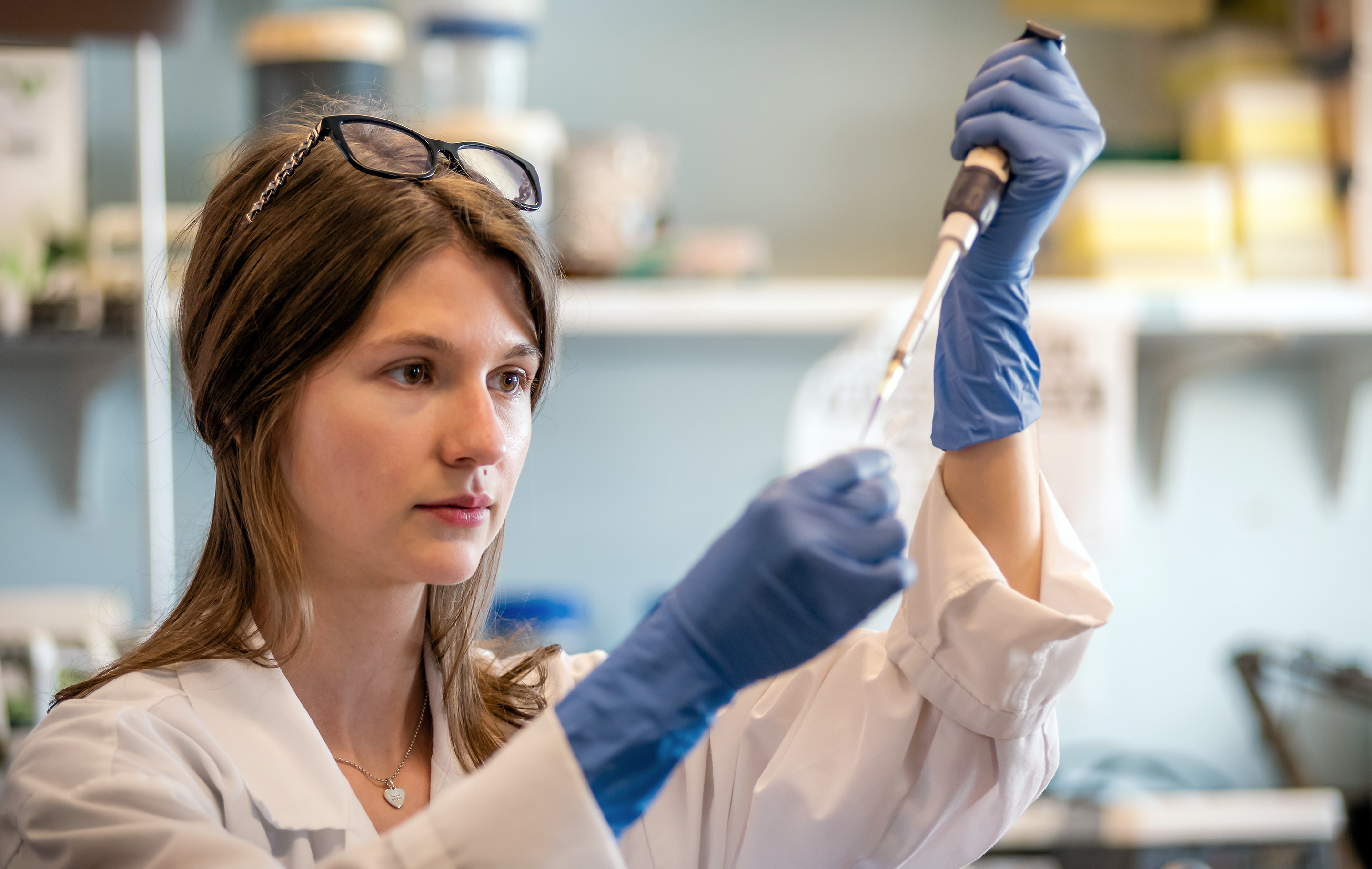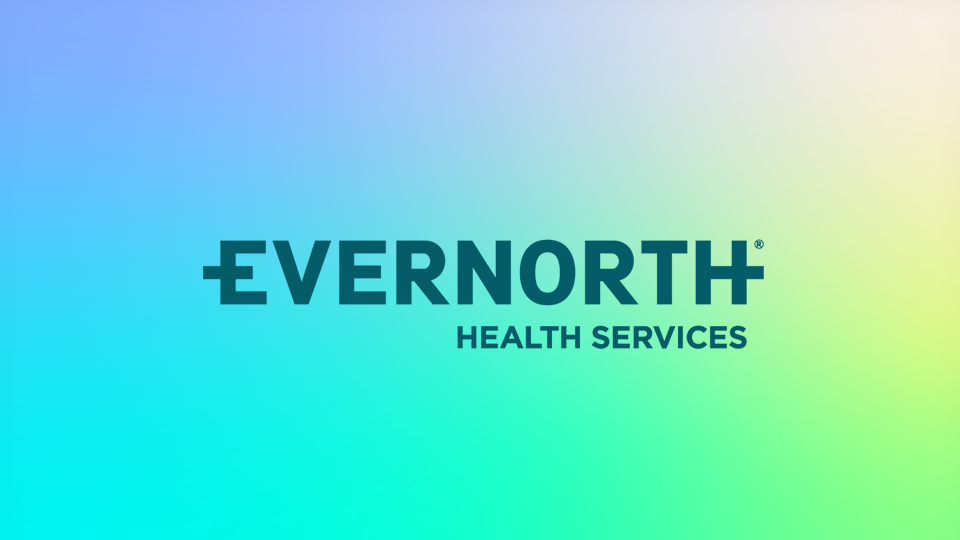Gene therapies hold the promise of treating or potentially even curing some cancers and other rare conditions by using a technique that modifies a person’s genes.
A potential wave of new and innovative gene therapies is building on the horizon. Here’s what plan sponsors need to know about the changing gene therapy landscape in the U.S. and the possibilities these therapies bring to our health care system.
Gene therapy timeline: A long, painstaking path
Although research into gene therapies began more than 30 years ago1, the actual history of gene therapies begins in 1953, with the discovery of the structure of DNA. This paved the way for recombinant drugs, produced by genetically altering cells. Humulin, approved in 1982 and made by Eli Lilly, was the first recombinant drug available in the U.S.
Patients were treated successfully with gene therapies for the first time in 1990; however, a patient died in 1999 from a severe immune response during a clinical trial. More major setbacks followed, as patients developed cancer from the viruses used as vehicles to introduce gene therapies into their bodies. As a result, advances in gene therapy research stagnated for a decade while scientists developed safer mechanisms of gene delivery.
In the 2010s, however, things picked back up and the first gene therapies were approved for use in the U.S. and the EU.2 Today, 27 cell and gene therapies are approved in the U.S.3 Rapid advancements in the field continue, with more than 2,000 therapies in development worldwide.4
Looking to the future of gene therapy
Just as biologics evolved over the last decade, so too will gene therapy. Recent research suggests that the number of gene therapies on the market is likely to increase to over 60 by 20305 and today’s $5.2 billion gene therapy market is estimated to grow tenfold by 2031.
Practical application of gene therapies began only recently in the United States when the FDA approved two treatments in 2017. In 2022 alone, three cellular and gene therapies were approved to treat rare diseases and another was approved for the treatment of bladder cancer.. Newer technological developments include the first treatments that would use Vertex Pharmaceutical’s CRISPR tool to edit, rather than just insert, genetic material. The manufacturer expects the FDA to approve or deny those therapies, which could treat sickle cell disease and beta thalassemia, by March 2024.
Moreover, we may see genetic therapies used to treat more than just complex and somewhat ultra rare conditions. over the next several years, the techniques may expand to address treatments for more common conditions such as some forms of cancer, high cholesterol and obesity too.
Gene therapy to transform medication use in the US
medication research and development for rare and complex conditions helps the entire health care ecosystem move forward – progressing technology and information to treat ultra-rare to more common conditions alike. With every breakthrough gene therapy that comes to market, there are countless lives that can be improved or even saved.
Gene therapies, specifically, offer hope to millions of people living with genetic and some degenerative diseases including Parkinson’s disease. Bayer, for example, is already working on technology that introduces a naturally occurring gene into failing cells in patients diagnosed with Parkinson’s disease. Another class of gene therapies focused on treating Parkinson’s disease zeroes in on specific genes inside the neuron instead of replacing the entire cell.
That said, gene therapies don’t only have the potential to transform genetic and degenerative diseases; they could also change the course of treating cardiac events such as a heart attack. stem cell technology could potentially be used to replace heart cells that are lost after a cardiac arrest or even help the heart heal for those living with congestive heart failure.
Gene therapies could also potentially reverse symptoms of limb-girdle muscular dystrophy type 2I/R9 (a genetic illness that often presents itself in childhood and weakens the body’s arms and legs) by providing a functioning copy of the defective inherited gene.
Moreover, new studies have found that using a non-invasive method such as focused ultrasound (FUS) to open up the blood-brain barrier generated a positive immune response in the brain and allowed for the admission of gene-editing technology. By using FUS, it then becomes possible to edit the genome of neuronal cells and potentially correct genes that code for brain diseases such as Alzheimer’s disease.
These are only a few examples of genetic and degenerative conditions that we might be able to address with cell and gene therapies in the near future. Gene therapies work to go beyond managing symptoms. This innovation in health care could very well address the true cause of these diseases, with the potential to stop or even reverse them.
For the latest on gene therapies, check out our new Gene Therapy Information Hub or sign up for our monthly newsletter.




